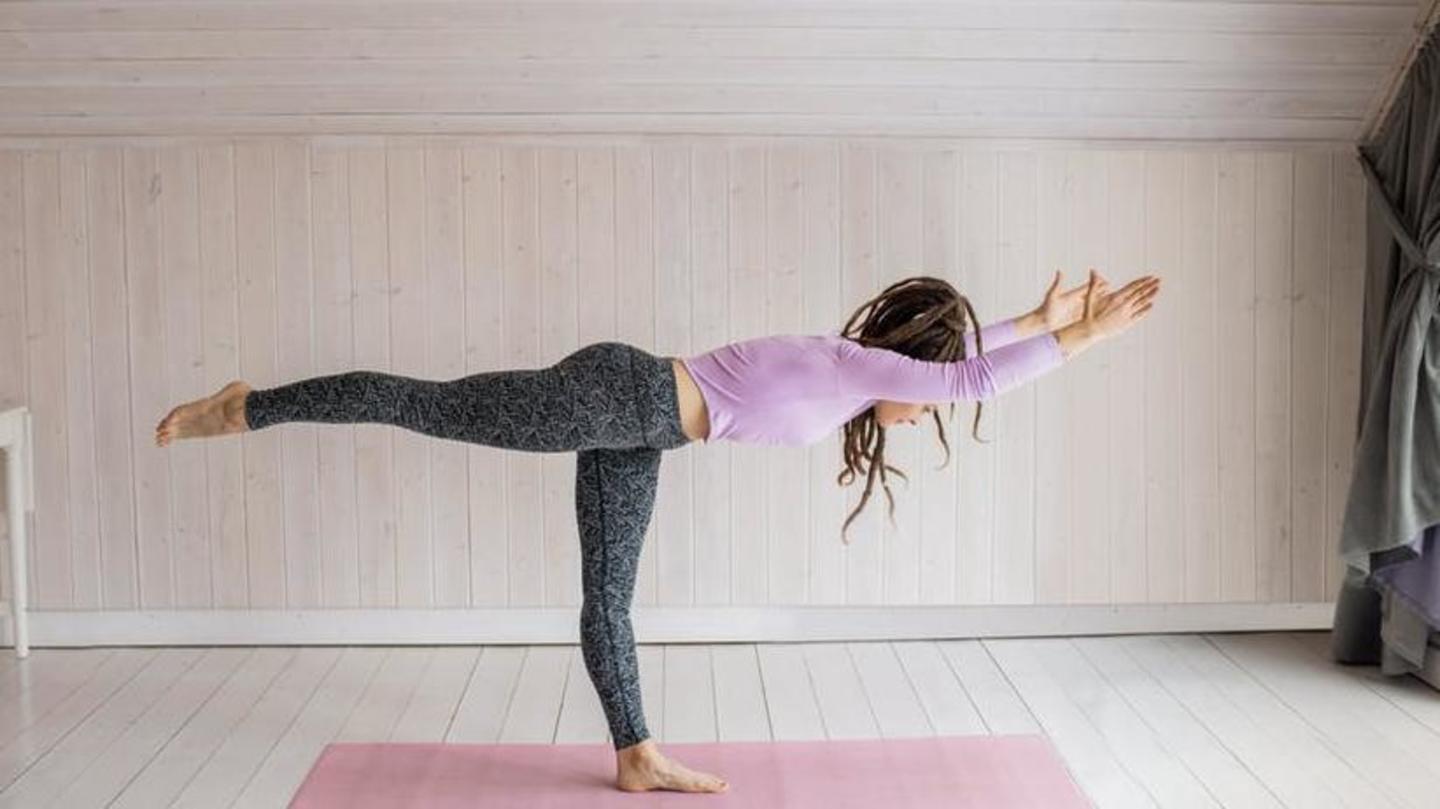
International Yoga Day: Yoga asanas for relief from PCOD
What's the story
Women often use both PCOS (Poly Cystic Ovarian Syndrome) and PCOD (Poly Cystic Ovarian Disease) interchangeably to refer to conditions related to the ovaries. Although both are caused by hormonal disturbances, there are some differences. This International Yoga Day, let's take a look at how yoga can help women with either condition. Even though yoga cannot cure PCOD/PCOS, it may help with some symptoms.
Differences
What is PCOD and PCOS?
PCOS is a metabolic disorder that is more severe than PCOD that releases immature eggs and causes irregular periods. PCOD is a disease and the condition can be improved with medical care and proper nutrition. However, women with PCOS are at risk of developing diabetes, obesity, and other serious diseases, even cancer. Yoga can help lessen the severity of the issues.
Strength and agility
Yoga for beginners
Professional yoga trainer Reema Vengurlekar recommends: Surya namaskar is the best for anyone who wants to start their yoga journey effectively. It helps in opening the full body. Trikonasana helps in opening the hamstrings and makes your legs stronger. Marjarasana helps to increase mobility in the spine and strengthen your back. Naukasana or the boat pose helps in building up abdominal muscles.
Preventive measures
Yoga to prevent uterine disorders
Vengurlekar vouches for these yoga asanas to keep uterine disorders at bay: Pranayama helps in blood circulation all over the body. Meditation always does well for every part of the body. Shata Kriya is beneficial for the lower abdomen and helps in cleaning the internal impurities. Utkatasana helps strengthen the pelvic floor and organs. It also benefits the digestive system and bladder muscles.
Expert suggestions
Yoga asanas for women with PCOD
Dhanurasana relieves menstrual discomfort, stimulates reproductive organs, and regulates menstrual flow. It improves circulation in the pelvic region and reduces pain in the abdomen. Setubandhasana relieves lower backache. It reduces stress and anxiety while relieving tension from all over the pelvic area and back. Badhakonasana gives support to the spine and opens the inner thighs. It releases tension from the shoulders and chest.